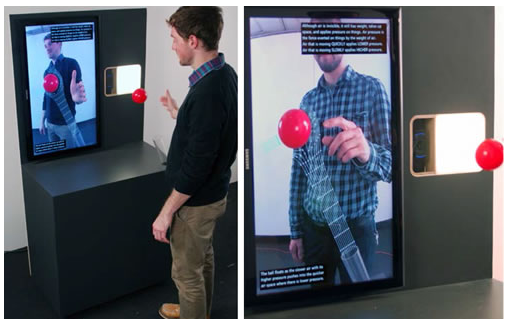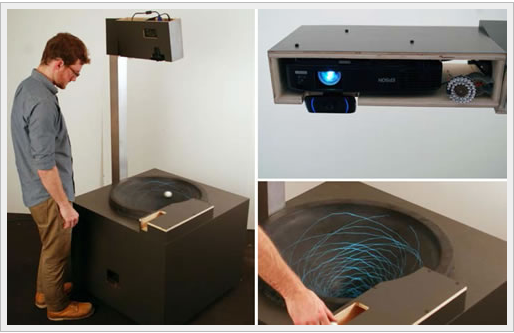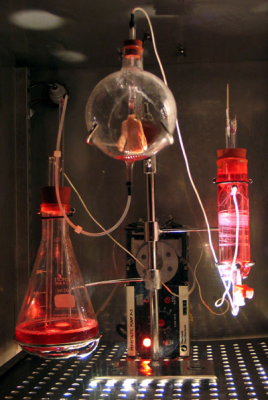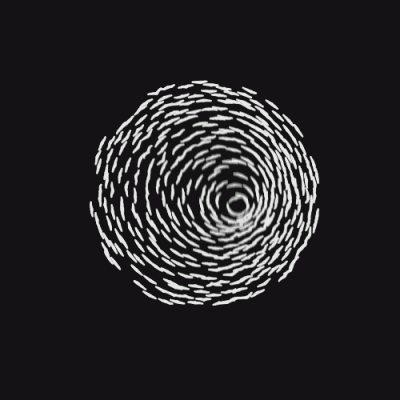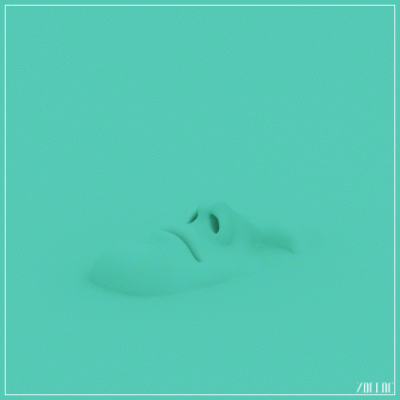Shadow is a collaborative movement piece that uses three drones equipped with LED spotlights to cast light and shadow on a lone dancer. As the piece progresses, the drones move across the space, turning their lights off and on, causing dramatic changes in the performance visuals.
I really like this piece. In drama, we often worry that the inclusion of media will be distracting, or merely serve to contribute nothing to the piece but spectacle. In this case, however, the media is used to excellent effect. The 3D movement of the lights serves to create a performance that’s dramatically different than a traditional piece, and notions of computation are crucial to the synchronization of the three drones. Light can have an enormous impact on how the audience experiences a piece, and using drone tech to experiment with synchronization and movement is a culturally rich endeavor.
I don’t know what I would criticize. It’s a really great concept, so I think if anything, I’d like to see it explored further. It would be interesting to see what effects would be created with 10 or 100 drones. And maybe this is a little cheesy, but it’d be interesting to use this tech to make a dance piece about drone strikes and culpability. I’d at least like to see it tried.
This piece is a joint effort between Elevenplay, a Japanese dance company, and Rhizomatiks, an art studio focused on using media and data in their work. The project is the beginning of a series of collaborations between the two, exploring the use of drone lights in dance.
OccultUs is a performance piece that integrates the physical world with the virtual one. The audiences member sits surrounded by noise-making gadgets with an Oculus Rift headset, and is led through a virtual space with audio accompaniment by the gadgets that surround him.
I’ve been itching to learn more about virtual reality, so I found the piece and its aims really interesting. Currently, consumer virtual reality is a mindblowing experience yet still has a lot of limitations, and so combining the virtual world and the physical one is a great idea. Furthermore, I think it’s important to experiment with the new platform, and discover what’s possibly from an artistic perspective. That being said, I’m not sure how compelling the installation ends up being. Audio for virtual reality is already very possible, and it’s not clear physical sounds really count as marrying the two worlds. I would love to see this idea taken and applied to sense VR is not as good at replication, such as touch, or trying (I know it’s hard) to integrate visuals from the room into the VR experience.
This piece was created by Simon de Diesbach at ECAL with the support from Alain Bellet, Gael Hugo, and Christophe Guignard, and attempts to immerse the user by combining the virtual and the physical world, “two distinct realities”. The installation seems inspired by the advent of the Oculus Rift, and the potential of the young technology.
